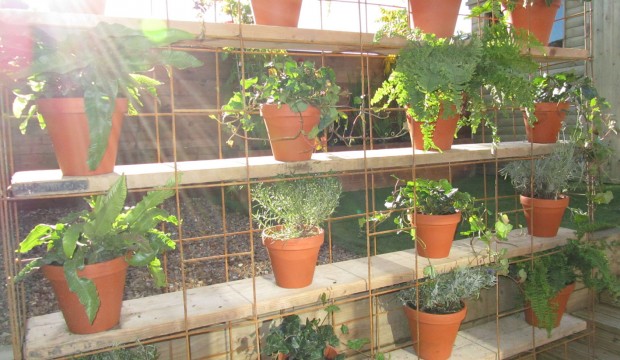Biophilic design. Yeah, I had no clue what it was either. BUT once you know what I know, I think you’ll be impressed.
Biophilic design is constructed on the premise that any good design-whether it be for cities, buildings, sites, regions, or homes-includes nature and natural elements. Seems like a pretty simple concept, sure. However, this pretty simple concept is seen to increase resilience and other mental or physical health benefits in those who interact in that environment. To be clear, though, it’s not just about the design. Biophilic design also believes that residents need to be actively involved in experiencing nature and engaged in the restoring and maintenance of the nature that surrounds them.
Humans have grown to adapt and co-evolve with nature and so we have an innate need to connect with nature and our environment. This affiliation with nature makes us much happier and healthier. Research backs this statement in many different areas.
Research on building design shows us that there are strong positive relationships between natural daylight, fresh air and greenery with an increase in employee happiness and productivity. Another example of the magic of biophilic design is on school design. Schools that incorporate natural daylight or other green elements are shown to have children reach higher test scores. Additionally, hospitals with green space often show a faster recovery time.
In a community aspect, neighborhoods with green qualities are associated with less stress and increased levels of mental and physical health. There are also lower rates of mortality in populations where green space is provided. In terms of mental health, nature is shown to invoke positive mood, increased cognitive performance, and enhance creativity. All these findings have caused a wave of interest in urban designers and architects when it comes to incorporating nature into their designs.
Biophilic cities are cities that incorporate nature in design, but like I mentioned earlier, they also actively involve their residents in experiencing nature. In these cities, residents are actively involved in learning about, enjoying, and caring for the nature that is living around them. They develop emotional connections to their environment which drive their motivation and enjoyment.
One key component or result of biophilic design is resilience.
In moving to make cities greener and more natural, we are also making the cities (and residents) more resilient. Biophilic cities offer a ton of positive benefits on the individual and family level that allow them to learn to successfully cope and adapt to future stress. This stress could be things like high temps, natural disasters, or food/water shortages. With the increase of physical and mental health benefits that comes along with living and interacting with nature, resilience also grows. For example, those who live in greener neighborhoods are found to walk more outside, basking in numbers positive health benefits which then increase their resilience. Additionally, biophilic designs helps to bring people together by offering parks and other green spaces for people to gather where they are forming relationships with both nature and other people-creating supports they can rely on in times of need.
At the end of the day it’s about trust and cohesion…these two concepts provide safety and support for people and environments. Biophilic design is able to provide this for people and it gives them the chance to give back to the environment that provides so much for them day in and day out.
References:
Beatley, T., & Newman, P. (2013, August 05). Biophilic Cities Are Sustainable, Resilient Cities. Retrieved April 15, 2017, from http://www.mdpi.com/2071-1050/5/8/3328/htm


